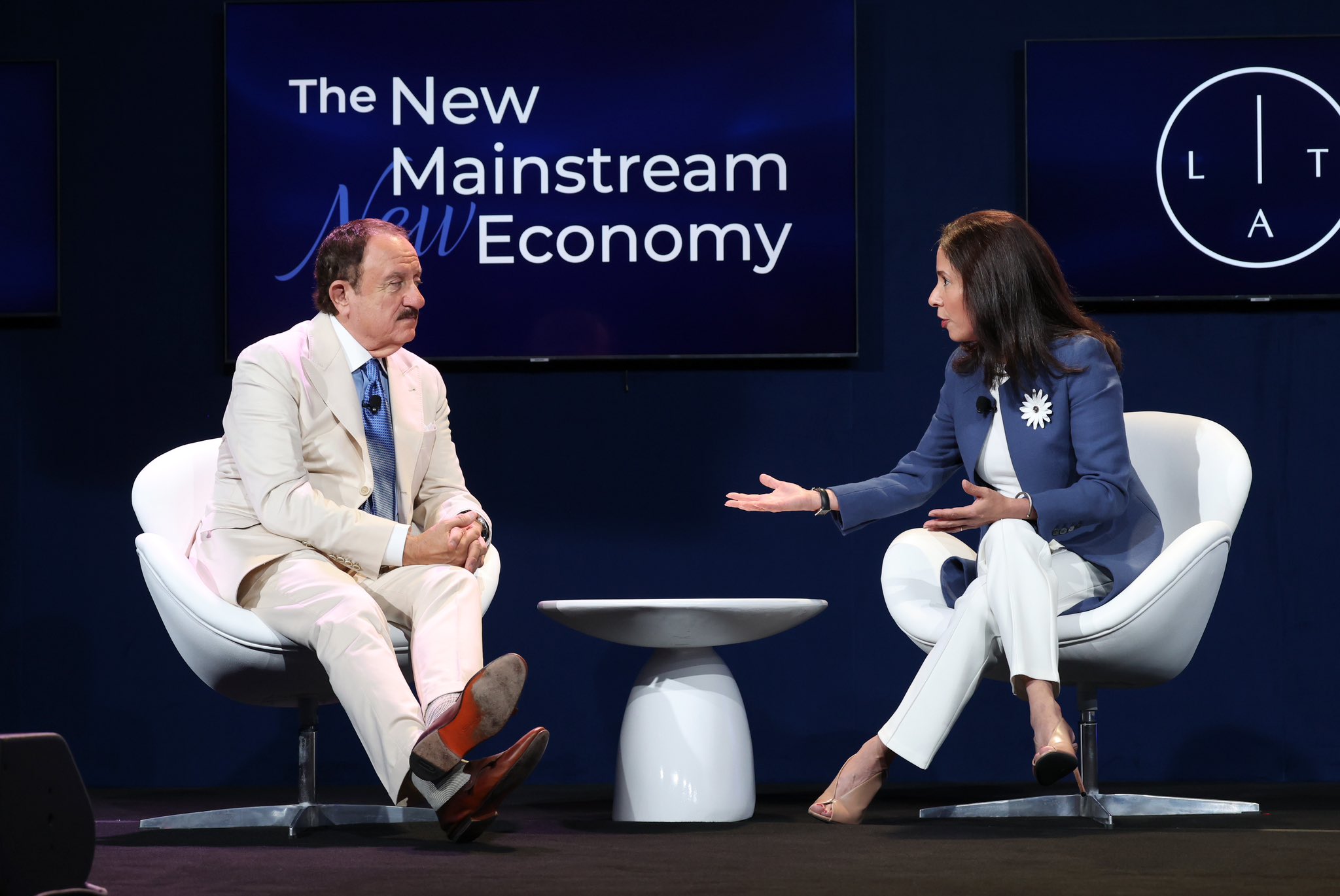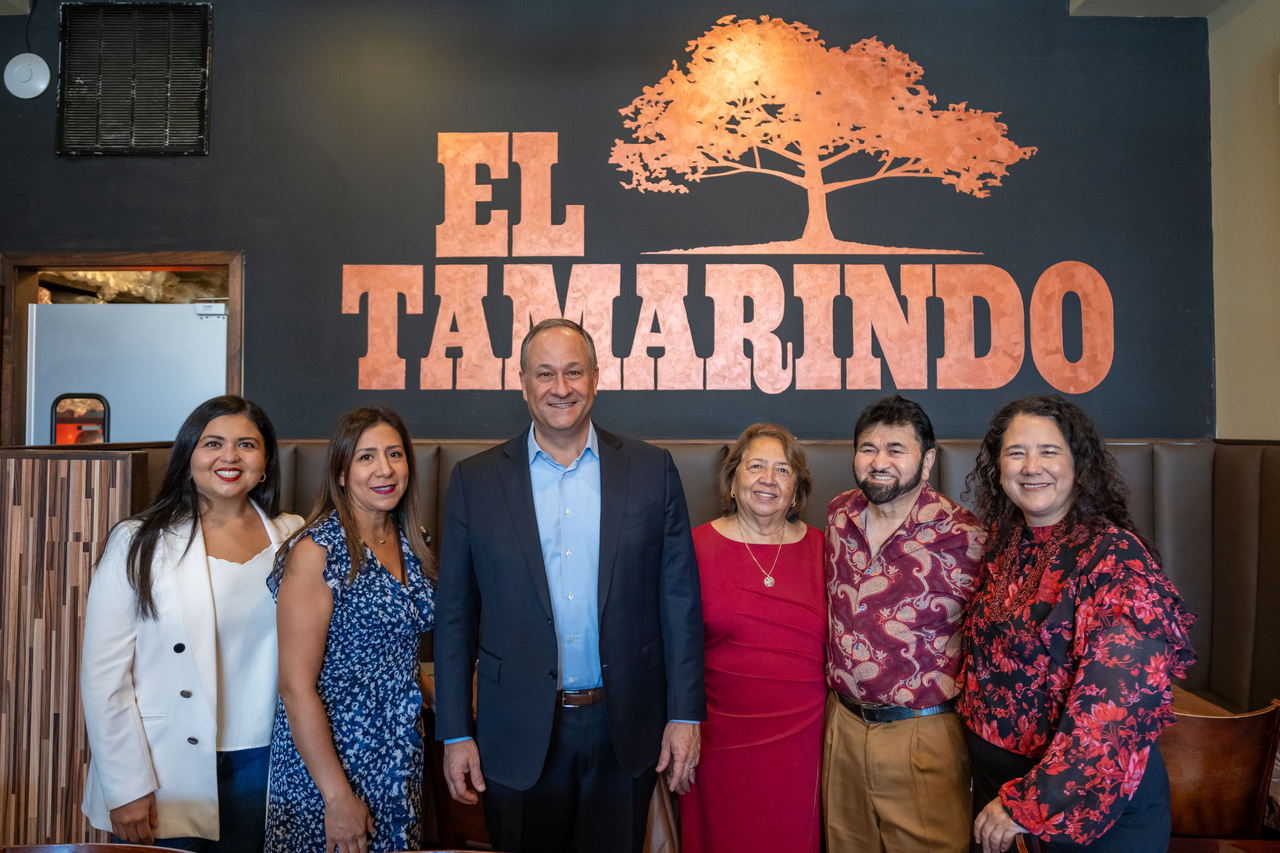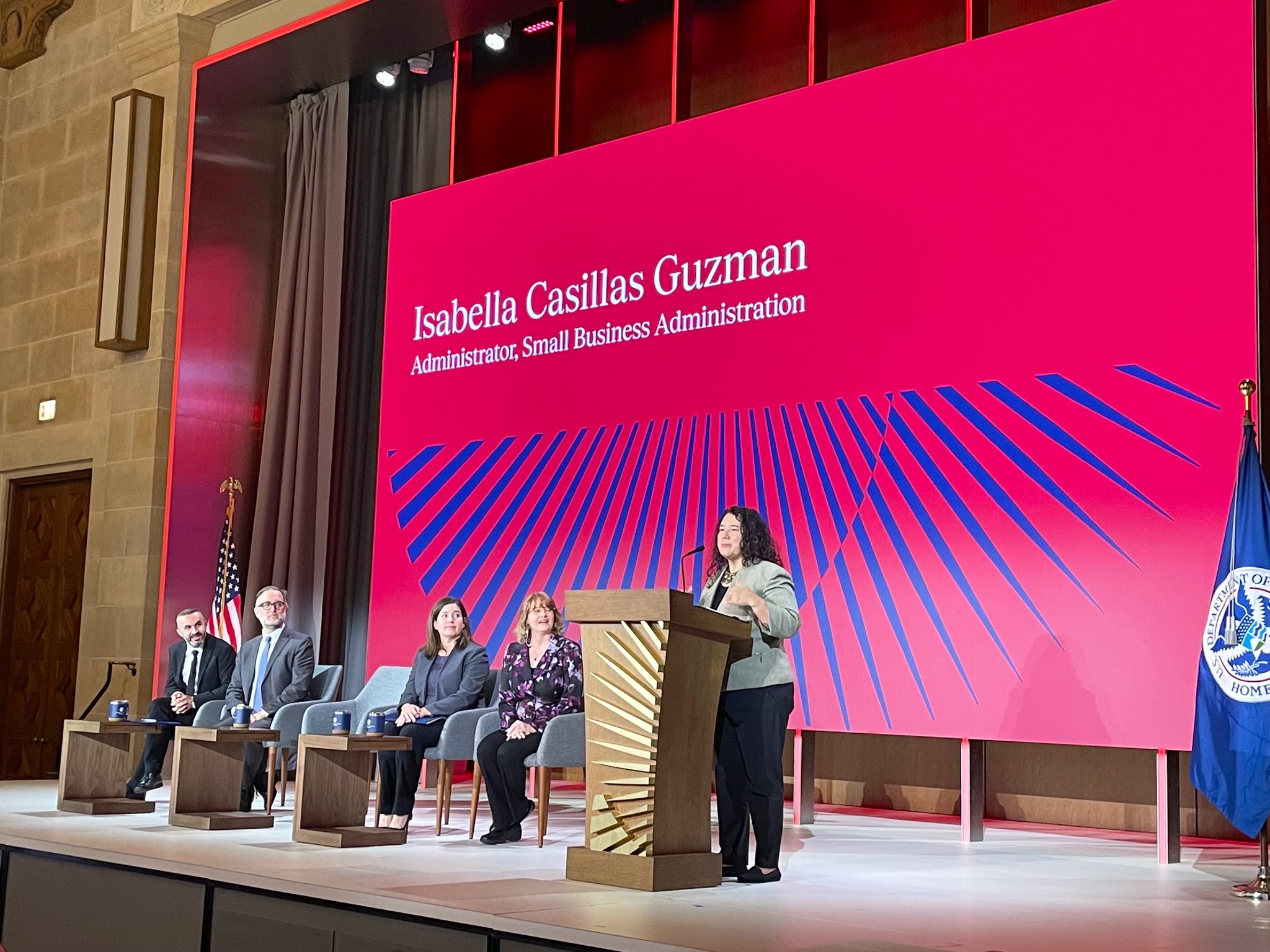
SBA updates loan program rules to address gaps in access to capital
The changes hope to bring more equity for rural, veteran, women and minority businesses.
President Biden's Investing in America agenda is out to lay the foundation and pave the way for historic economic progress, led by new small business creation and job growth. To help small businesses — specifically those in rural communities, veteran-, woman-, or minority-owned — the Small Business Administration announced some rule changes for its loan programs to make access to capital easier.
Isabel Guzmán, SBA Administrator, noted:
Modernizing and expanding SBA’s lending programs will open new opportunities to our highly entrepreneurial, yet underserved communities that have far too long been denied access to the funding they need to create jobs and grow our economy.
According to figures from the SBA, by 2022, two out of three business owners who applied for credit did not receive what they needed, while the number of lenders originating SBA 7(a) loans for less than $50,000 and $150,000 decreased by more than 40% and 25%, respectively, over the last five to seven years.
The new regulations
“Equity has been a top priority of the Biden-Harris Administration since day one as our economy needs all of our great ideas and talented entrepreneurs. These rule changes demonstrate that commitment by providing government-guaranteed lenders with all the tools they need to close the gaps that still exist for small businesses who need capital,” added Guzmán.
Final rules grant tenure to SBA's program for nonprofit mission lenders, remove outdated limits on non-depository lender participation, increase opportunities for employee ownership, and modernize credit criteria and underwriting standards to further encourage a broader distribution network and small loans.
The SBA highlights the various obstacles homeowners face in accessing affordable loans, including small rural businesses affected by more than 1,600 bank defaults in the United States, minority-owned businesses that are less likely to continue receiving credit, and very small startups looking for small loans.
The SBA's final rules, when enacted, will help these new entrepreneurs grow their businesses by:
RELATED CONTENT
- Addressing capital access market gaps in diverse communities
- Allowing lenders to make SBA loan decisions based on their existing credit policies for similarly-sized, non-SBA loans
- Providing additional flexibility for loans under $150,000 to reduce the cost and complexity of small dollar loans
- Simplifying required paperwork for lenders, allowing them to spend more time with applicants and make loans more efficiently
- Simplifying and clarify enrollment standards to ease the burden on small business owners and lenders, and clarify who qualifies for an SBA loan
Greater opportunities for small businesses
“It's imperative that entrepreneurs from underserved communities have access to stable and affordable capital to grow and expand their businesses. With these new rules, the SBA is taking steps to invest in credit-worthy entrepreneurs and mission-oriented lenders, which will build on the Biden-Harris Administration’s progress to date,” said Patrick Kelley, Associate Administrator for the SBA's Office of Capital Access.
Noting that the rule will expand the number of licenses for Small Business Lending Company (SBLC), the number of lenders that offer secured loans will be expanded.
Given that the number of SBLC licenses has been limited to 14 for 40 years, limiting potential lending options for small businesses, the SBA will also address gaps in access to capital by granting permanence to its program for lenders without mission-oriented for-profit by creating a new Community Advantage SBLC license.
Community Advantage lenders have lacked long-term certainty about their participation in SBA programs due to the program's pilot status. Even with these limitations, the Community Advantage Pilot Program has proven successful with higher lending rates to Black, Hispanic, women, and Veteran-owned businesses.
The SBA Rule
The new update will focus on:
- Lifting the moratorium on new regular SBLCs and allow additional licensees, allowing them to lend to small borrowers with government guarantees, reducing risk and expanding opportunity
- Providing certainty through the permanence of Community Advantage, encouraging current and new non-profit lenders to invest in and expand SBA loan operations
- Using modern technology to make lender oversight and borrower protection stronger and less resource intensive than was possible when the SBLC moratorium was implemented
“These reforms, brought forth by the Biden-Harris Administration, will effectively address capital gaps and bolster underserved markets, ultimately leading to increased capital access for Black and Brown entrepreneurs and promoting inclusive economic growth. These efforts are critical for communities hardest hit during the pandemic and are the right strategies to create possibilities for small businesses to grow, for jobs to be created, and to promote equitable wealth creation,” wrote the leaders of the African American Alliance of CDFIs, the National Association of Latino Community Asset Builders, the National Urban League, the Native CDFI Network, Oweesta Corporation, and Prosperity Now.











LEAVE A COMMENT:
Join the discussion! Leave a comment.